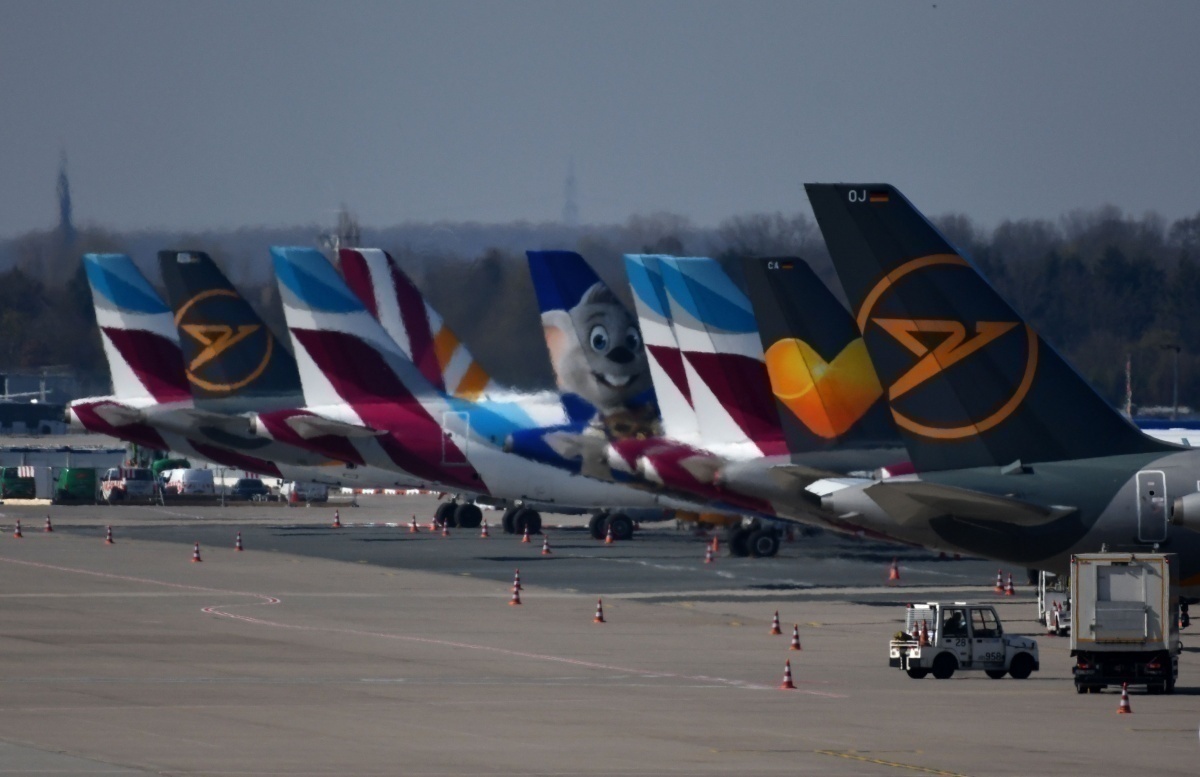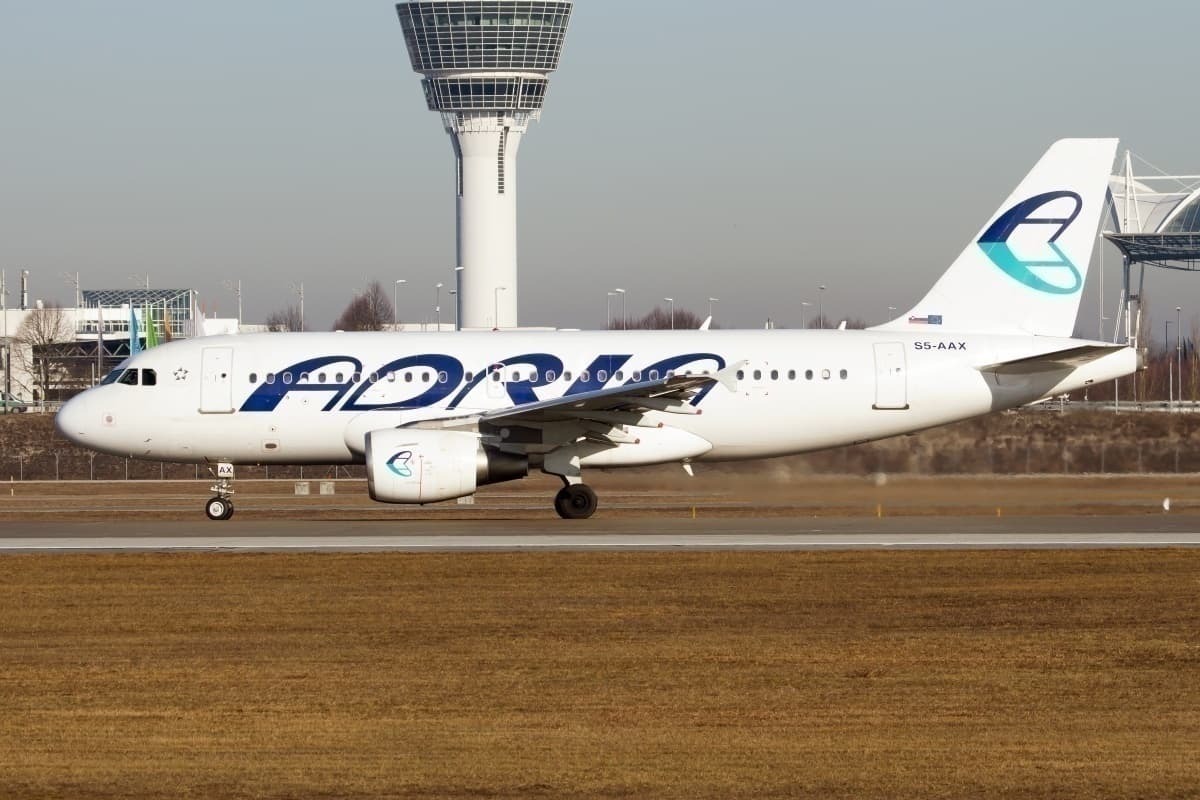Following the release of passenger traffic figures for the third quarter of 2020, ACI Europe has released a ranking of European countries by the impact that they suffered during the COVID-19 crisis so far. The list reveals that aviation in Slovenia has been hit harder than anywhere else in Europe, with a drop of a staggering 81.5%. Meanwhile, Russia has been affected the least, with a drop of 49.2%. Let’s take a closer look.

Slovenia suffers the hardest blow
Home to just a single airport with scheduled commercial flights, Ljubljana Jože Pučnik Airport, the European country of Slovenia is the worst performer on the whole continent for Q1 – Q3 passenger traffic figures this year.
Compared to the same period in 2019, the airport serving Slovenia’s capital city has seen an 81.5% drop in passenger numbers. The news comes as a particularly hard blow because passenger numbers in Slovenia were low to begin with, so the drop is even worse than it seems. Only 270,000 people passed through Ljubljana Jože Pučnik Airport in all of 2020 so far.
Meanwhile, the drop in passenger numbers across all of Europe was 59%, while in the EU, EEA, Switzerland and the UK it was 86%. Commenting on the significantly higher fall in the latter region, Olivier Jankovec, Director General of ACI Europe, said:
“Airlines continue to cut back planned capacity in response to the further extension of local lockdowns in many countries – which are only adding further pain to the one already inflicted by severe cross border travel restrictions.”
He also issued a stark warning, saying:
“As things stand, passenger traffic is heading back towards another full collapse similar to the one experienced in second quarter, when volumes were down by 96%.”




Russia, Norway, and Albania are doing well
Meanwhile, in Russia, the fall was just 49.2%, which is an exceptionally low number in the context of the performance by the European aviation industry so far this year. The next best-performing country was Norway, with a drop of 59.2%, followed by Albania with 59.3%.
The relatively excellent figures by Russia and Norway are explained mostly by their extensive domestic networks and a lack of suitable alternative transport given their geographical features. However, Albania has no domestic traffic at all, and its relatively strong results are instead a result of its recent adoption of a new national airline and a flag carrier, Air Albania. The airline was Simple Flying’s airline startup of the week in February.
Stay informed: Sign up for our daily aviation news digest.




Why is Slovenia doing so badly?
In September 2019, Slovenia’s flag carrier of 57 years, Adria Airways, collapsed. This left Slovenia with an extremely limited range of flight connections out of the country, though some routes were replaced pretty much right away. However, the overall capacity out of the country was greatly diminished.
The figure of -81.5% is for the first three quarters of 2020, and it is being compared to the first three quarters of 2019. For the majority of Q1 – Q3 in 2019, Slovenia still had Adria Airways, and so the drop in passenger figures is more pronounced because it is counting both the impact of COVID-19 and of the bankruptcy of Adria Airways.
Still, Slovenia is expecting an even worse Q4. Currently, there are days when there is not a single scheduled passenger service operating to the country. Next week, the country will announce that it will give money to airlines that operated flights there during Q2 and Q3. But will this bring back passenger traffic to at least 50% of the level it was at last year?
What do you think of these figures? Let us know what you think of this story in the comments below.



